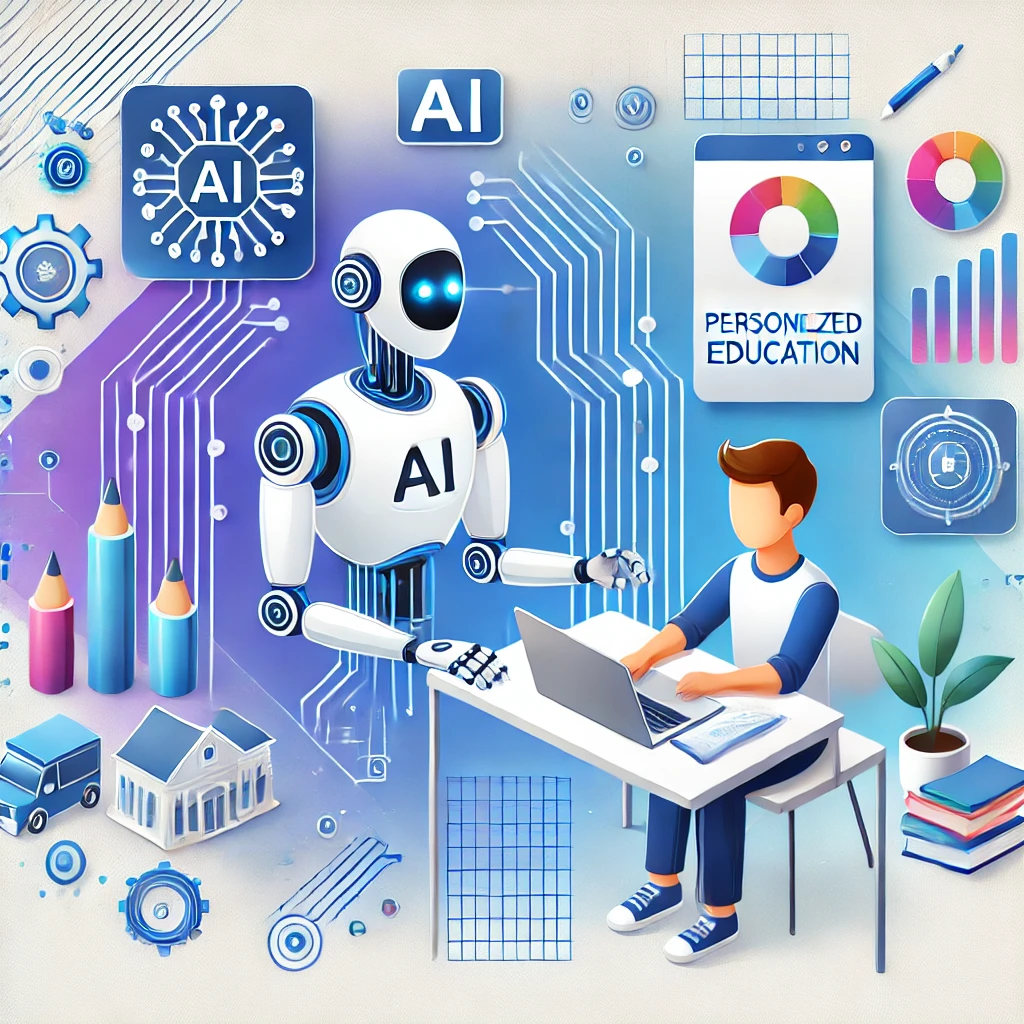Artificial Intelligence (AI) isn’t just for graduate students and tech companies anymore. With the rise of open-source tools, online courses, and mentorship opportunities, high school students can now explore AI research early and build skills that will prepare them for college, careers, and entrepreneurship. Here are some of the most exciting areas in AI research that curious high schoolers can dive into:
1. Machine Learning Fundamentals
Machine learning is the backbone of AI. High school students can start by learning how computers “train” on data to make predictions. Projects like predicting exam scores, analyzing sports statistics, or building a recommendation system for books or music are great entry points.
2. Natural Language Processing (NLP)
NLP powers chatbots, translation apps, and voice assistants. Students can experiment with text classification, sentiment analysis, or even build simple conversational bots. With libraries like Hugging Face Transformers, it’s easier than ever to work with cutting-edge language models.
3. Computer Vision
This field enables computers to “see” and interpret images and videos. High schoolers can explore fun projects like recognizing handwritten digits, detecting objects in photos, or even designing filters for social media. It connects directly to fields like robotics, medicine, and self-driving cars.
4. AI in Healthcare
Healthcare AI is transforming diagnosis, drug discovery, and personalized medicine. Students can simulate smaller projects such as analyzing datasets for disease prediction (using open datasets) or studying how image recognition helps radiologists detect conditions early.
5. Robotics and Autonomous Systems
Combining AI with robotics makes machines smarter and more adaptable. High school robotics clubs can integrate AI to create robots that navigate environments, recognize objects, or respond to human commands. It’s a hands-on way to learn both coding and engineering.
6. AI and Ethics
AI isn’t just technical—it also raises questions about fairness, bias, and responsibility. High schoolers can research case studies of biased algorithms or explore how regulations shape AI development. This area is especially important for students who want to combine technology with philosophy, law, or social sciences.
7. Creative AI
AI isn’t only about problem-solving—it can also generate art, music, and stories. Students can experiment with AI tools that create paintings, compose melodies, or write short scripts. This area is perfect for those who want to blend creativity with coding.
8. AI for Climate and Sustainability
From predicting weather patterns to optimizing energy use, AI can help solve environmental challenges. High schoolers can work on projects such as analyzing climate datasets, studying renewable energy optimization, or designing models for wildlife conservation.
